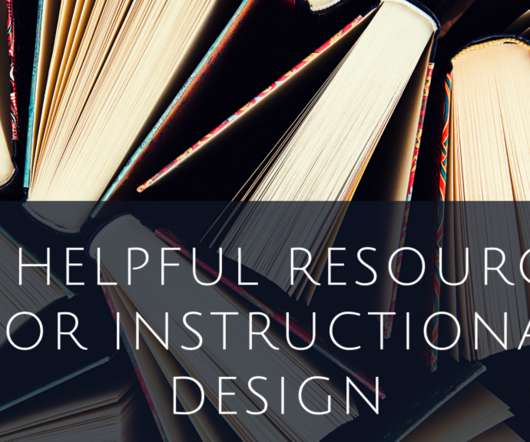How to Make Sure Your Course Meets Its Learning Objectives
CourseArc
APRIL 19, 2017
Scientists, economists, accountants, and mathematicians all have one thing in common: they all deal in “absolutes.” ” They follow rules, theories, or laws governing the objectives they espouse, and they measure the outcomes of their efforts against those objectives. Tying Course Elements to Learning Objectives.











































Let's personalize your content